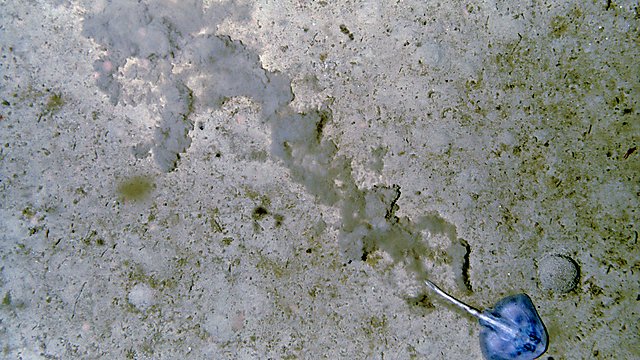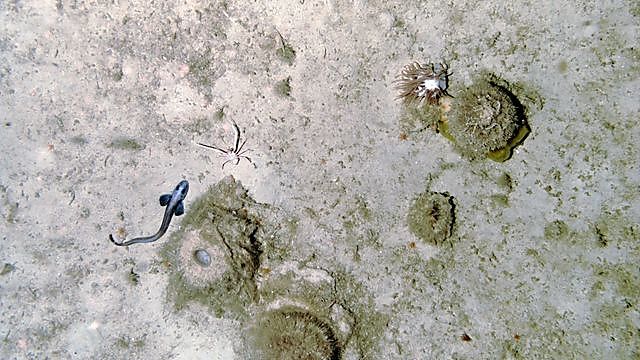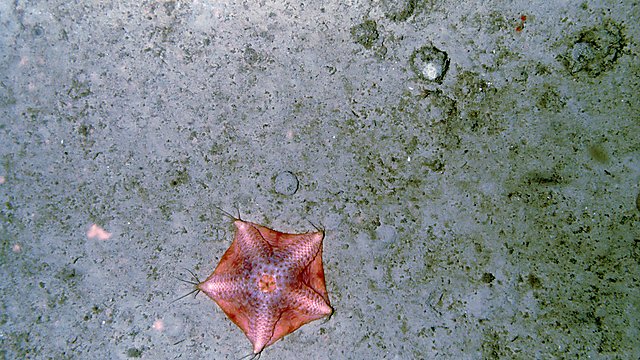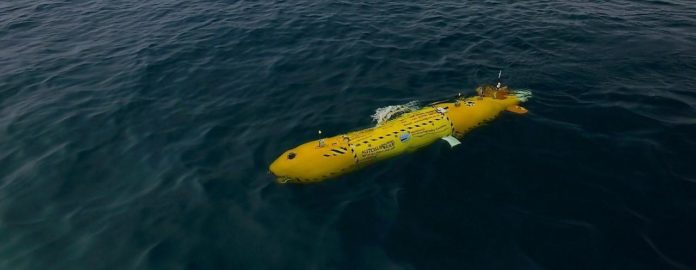Benthic ecosystems are chronically undersampled, particularly in environments >50 m depth. Yet a rising level of anthropogenic threats makes data collection ever more urgent. Currently, modern underwater sampling tools, particularly autonomous underwater vehicles (AUVs), are able to collect vast image data, but cannot bypass the bottleneck formed by manual image annotation.
According to scientists at the University of Plymouth, AI could help scientists enlighting the variety of species living on the ocean floor.
In a new study, scientists and robotics experts tested the effectiveness of a computer vision (CV) system in potentially fulfilling that role. They showed on average it is around 80% accurate in identifying various animals in images of the seabed, but can be up to 93% accurate for specific species if enough data is used to train the algorithm.
Scientists noted, “This demonstrates CV could soon be routinely employed to study marine animals and plants and lead to a major increase in data availability for conservation research and biodiversity management.”

Ph.D. student Nils Piechaud, a lead author on the study, said: “Autonomous vehicles are a vital tool for surveying large areas of the seabed deeper than 60m (the depth most divers can reach). But we are currently not able to manually analyze more than a fraction of that data. This research shows AI is a promising tool but our AI classifier would still be the wrong one out of five times if it was used to identify animals in our images.”
“This makes it an important step forward in dealing with the huge amounts of data being generated from the ocean floor and shows it can help speed up analysis when used for detecting some species. But we are not at the point of considering it a suitable complete replacement for humans at this stage.”
Dr Kerry Howell, Associate Professor in Marine Ecology and Principal Investigator for the Deep Links project, added: “Most of our planet is deep sea, a vast area in which we have equally large knowledge gaps. With increasing pressures on the marine environment, including climate change, it is imperative that we understand our oceans and the habitats and species found within them.”

“In the age of robotic and autonomous vehicles, big data, and global open research, the development of AI tools with the potential to help speed up our acquisition of knowledge is an exciting and much-needed advance.”
The study was conducted as part of Deep Links, a research project funded by the Natural Environment Research Council and led by the University of Plymouth, in collaboration with Oxford University, British Geological Survey and the Joint Nature Conservation Committee.
One of the UK’s national AUVs – Autosub6000, deployed in May 2016 – collected more than 150,000 images in a single dive from around 1200m beneath the ocean surface on the north-east side of Rockall Bank, in the North East Atlantic. Around 1,200 of these images were manually analyzed, containing 40,000 individuals of 110 different kinds of animals (morphospecies), most of them only seen a handful of times.
Then by using Google’s Tensorflow, scientists taught a pre-trained Convolutional Neural Network (CNN) to identify individuals of various deep-sea morphospecies found in the AUV images.

They then assessed how the CNN performed when trained with different numbers of example images of animals and different of numbers of morphospecies to choose from.
The accuracy of manual annotation by humans can range from 50–95%, but this method is slow, and even specialists are very inconsistent across time and research teams. This automated method reached around 80% accuracy, approaching the performance of humans with a clear speed and consistency advantage.
This is particularly true for some morphospecies that the algorithms work very well with. For example, the model correctly identifies one animal (a type of xenophyophore) 93% of the time.
Although the study does not advocate the replacement of manual annotation, it does demonstrate that marine biologists could be able to implement AI for specific tasks if they carefully assess the reliability of their predictions. This would greatly enhance the capacity of scientists to analyze their data.
Scientists noted, “the combination of specialist ecological knowledge with the high-tech AUV’s capacity to survey large areas of the seabed, and the fast data processing capacity of AI, could greatly speed up deep-ocean exploration, and with it our wider understanding of marine ecosystems.”
The study is published in the Marine Ecology Progress Series.
